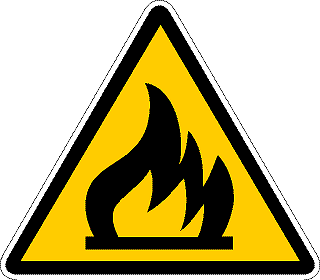
Incinerator Systems / Incinerator Packages for Industrial Hazardous Wastes – Part 4
Activated carbon is found to be in use both at home and at work. It has a wide range of applications for industrial and residential users, including drinking water purification, water treatment, gaseous emissions from landfills and power plants and even in precious metal recovery (please refer to one of our earlier blogs). It is used for air purification solutions including VOC removal and odour control. It is used in food and beverage processing, odour removal and industrial pollution control.
This is a product coming out of carbonaceous materials, such as coconuts, nutshells, coal, peat and wood. In industrial applications, activated carbon filtration is a technology based on the adsorption of contaminants onto the surface of a filter. This method is effective in removing certain organics such as unwanted taste and odours, micro-pollutants, chlorine, fluorine or radon from drinking water or waste water.
While it has its uses, it has to be borne in mind that products such as activated carbon filters for example, have a lifespan of about 4-6 months, after which they become saturated with pollutants and need to be replaced.
Does this, therefore, become a waste after it has reached its saturation point? Not exactly - because it can be recycled by thermal reactivation! However, while being recycled by thermal reactivation, it releases the absorbed organic susbstances which could be toxic.
Typically powdered activated carbon (PAC) is not regenerated, but rather, disposed of, while granular activated carbon (GAC) is regenerated. Regeneration, often referred to as reactivation, is a method of thermally processing the activated carbon to destroy the adsorbed components contained on its surface.
Now then is the time for Haat to enter the scene - whether it is powdered or granular activated carbon!
The Hazardous Waste (Management, Handling and Transboundary Movement) Rules, 2016, mentions under category 28.2 Spent Carbon as a hazardous substance and this has to be necessarily incinerated due to its inherent heat value.
Haat has supplied incinerator systems for thermal processing and disposal of saturated activated carbon to industries in the pharmaceutical, gas generation and precious metal recovery fields.
The systems installed included the BP model and the PMR model.
While the PMR model is preferred by the precious metal recovery companies, the BP is chosen by the others. PMR has its bogie hearth design or a static twin hearth design. BP is a retort type design with 3 chambers for effective burning and disposal of the contaminants.
In the case of the PMR model, it is invariably supplied with flue gas scrubbing systems for recovery of the precious metal from more than one location.
In either case, our customers are happy with the work done by these incinerator systems.
Some of our customers for this application include, but not limited to:
- SPIC Pharma
- JK Pharma
- GAIL - Gas Authority of India Ltd.
- Pharma industry
- Precious metal recovery industry
There are quite a few in the precious metal recovery field, but we are unable to give their names for reasons of NDAs with them. But suffice to say, there are a few who have become repeat customers for Haat’s performance-proven incinerator systems and incinerator packages because of the excellent ROI these systems have given them!


